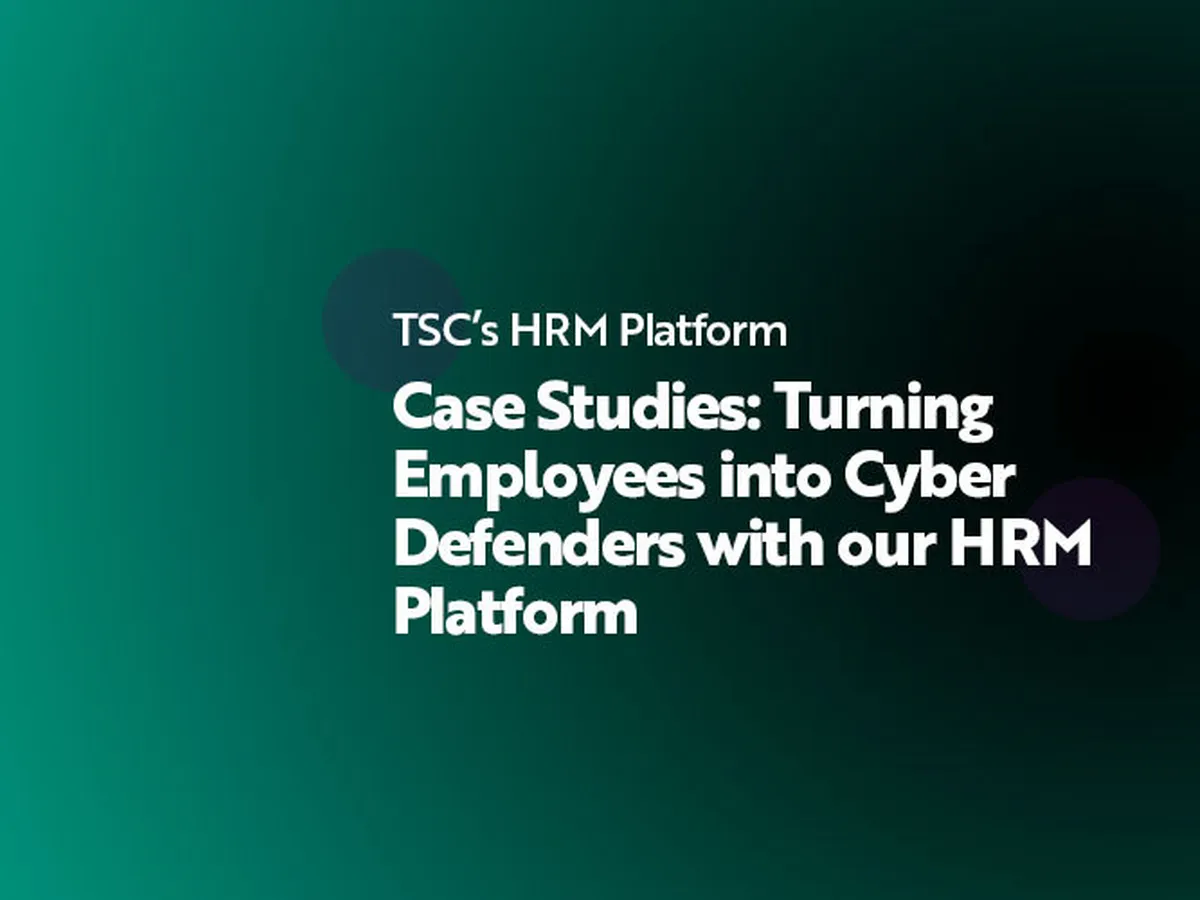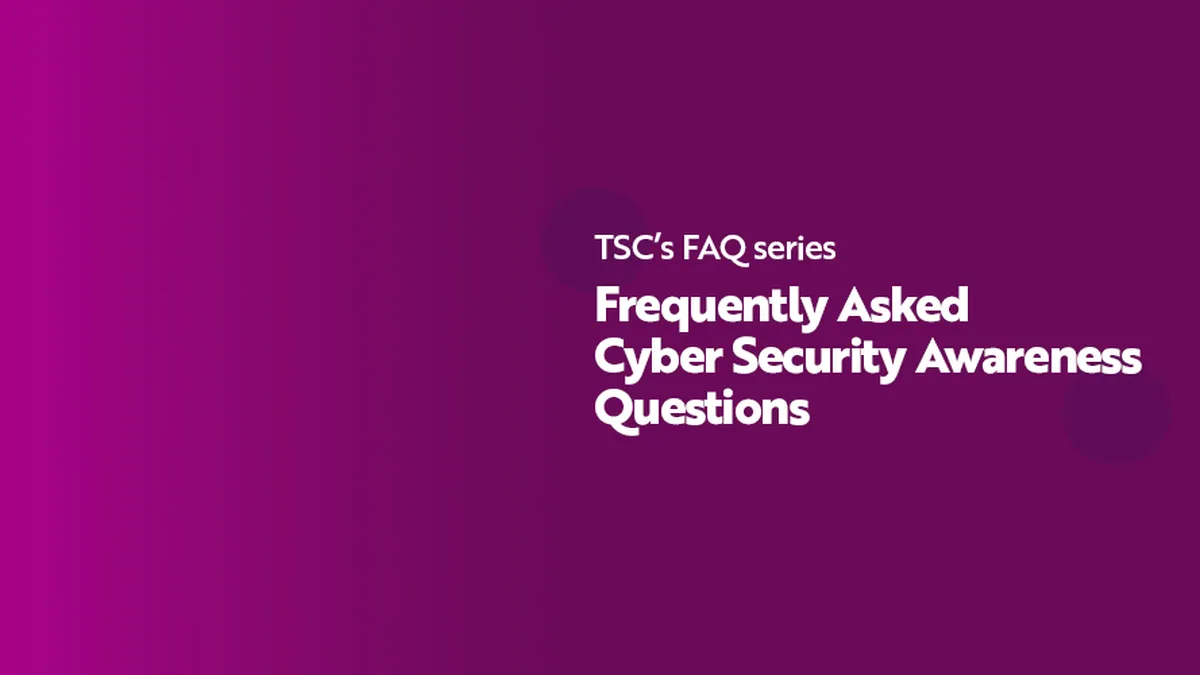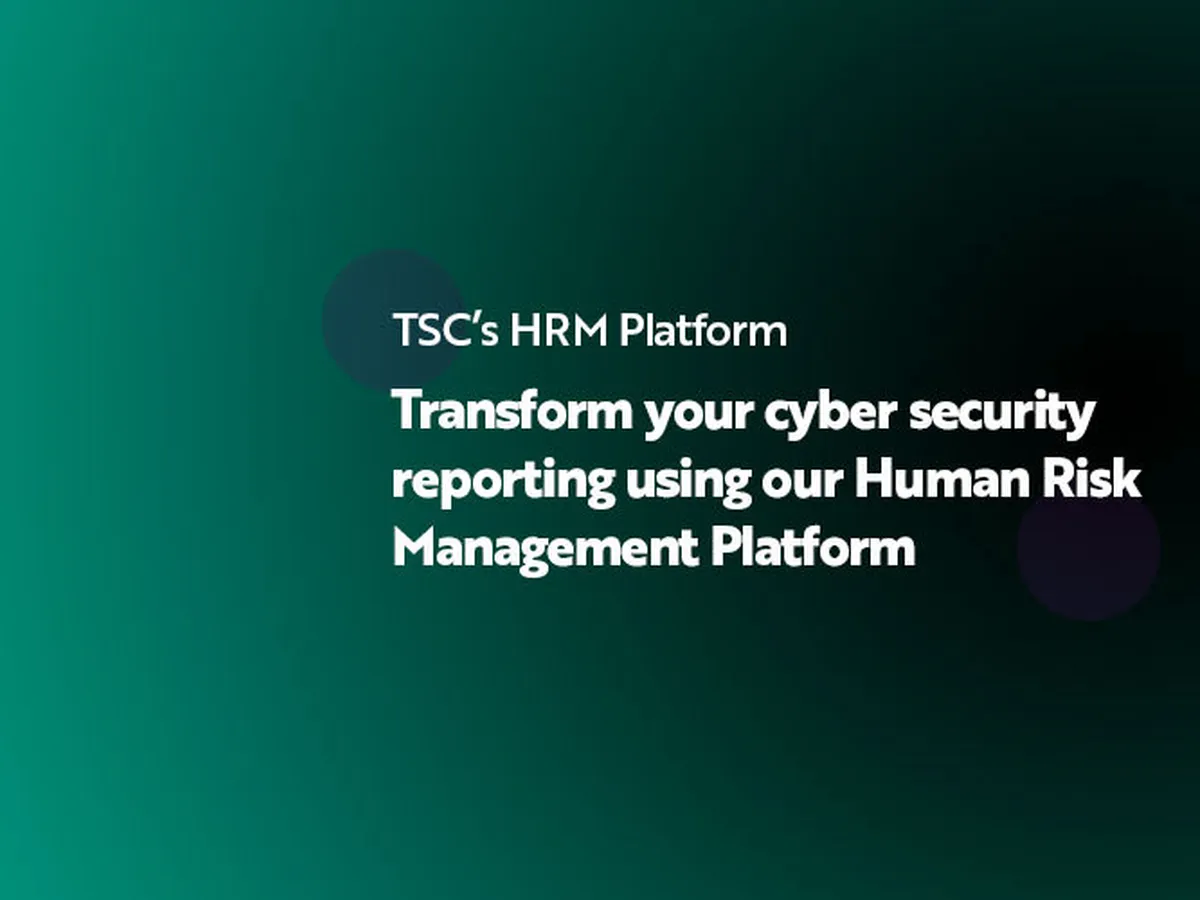
- Employee awareness
- 3 min read

Over the last decade, smart devices have brought convenience and efficiency to our homes and workplaces … however, this convenience also comes with some cyber drawbacks.
A myriad of cyber risks and threats, associated with smart devices, can compromise our privacy, data security, and even the integrity of critical systems. From IoT (Internet of Things) smart devices rushed to market with security flaws to unsecured home Wi-Fi networks, the vulnerabilities associated with smart devices are vast and require proactive measures to mitigate.
And for organisations, lax smart device security can be costly. For example, the EU proposes that failing to adhere to the Cyber Resilience Act will result in fines of 15 million euros ($15 million) or up to 2.5% of an organisation’s total global turnover (TechRadar).
In this article, we will cover the specific risks and threats associated with smart devices both at home and in the workplace and explore how cyber security awareness and training can play a pivotal role in safeguarding against these dangers.
Statista data reveals that the number of homes considered to be “smart” will increase to more than 480 million by next year. On top of this, a new report from Which? reveals that smart devices are exposed to thousands of scanning and hacking attempts across just a single week. But what other risks and threats do smart devices face at home?
To minimise the risks associated with smart devices at home, consider the following security measures:
To enhance smart device security in the workplace, your organisation should consider the following measures:
There are more smart devices on earth than there are people!
And, whilst smart devices present opportunities for organisations and employees, they also bring a myriad of challenges, introducing new avenues for cyber-attacks and data breaches.
By implementing robust security measures at home and in the workplace, combined with comprehensive cyber security awareness and training programs, individuals and organisations can effectively mitigate the risks and threats associated with smart devices and safeguard against potential security incidents.
Remember, when it comes to cyber security, vigilance, awareness, and preparedness are key.



© The Security Company (International) Limited 2025
Office One, 1 Coldbath Square, London, EC1R 5HL, UK
Company registration No: 3703393
VAT No: 385 8337 51


